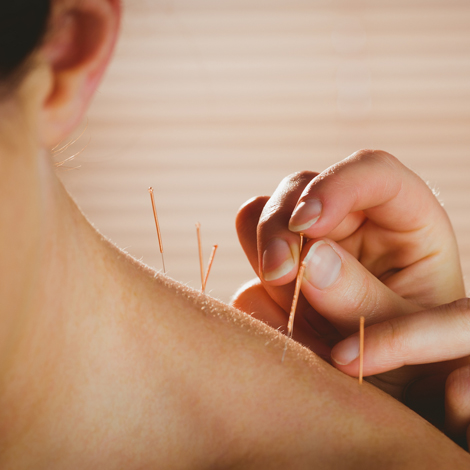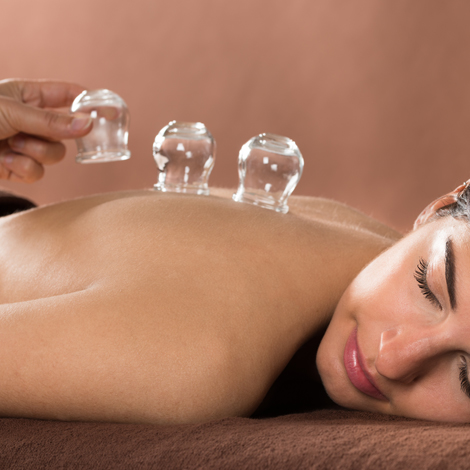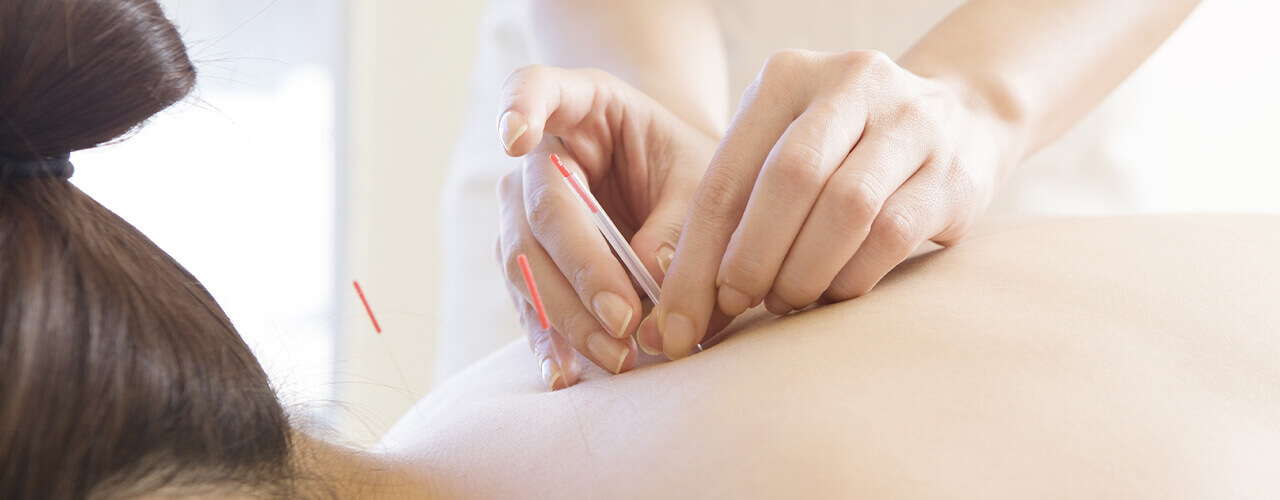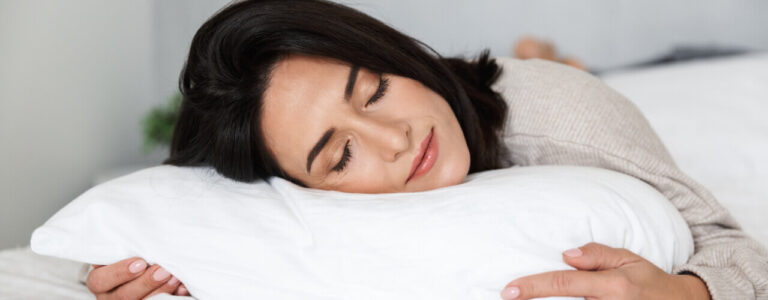Acupuncture is one of the oldest forms of physiotherapy, and it is still widely practiced today. Once a form of Eastern medicine that was unique to physicians who specialized in Asian medicinal practices, acupuncture has grown greatly in popularity, especially over the past century, and has been recognized within Western medical research as being a highly effective tool for supporting injury recovery, mobility issues, and in treating chronic pain.
One highly effective use for acupuncture in the treatment of muscle tension. There are many reasons why muscle tension may become a personal health issue. In some situations, muscle tension will develop after extreme bouts of emotional stress, but other causes are more physical in nature. A sports injury or a car accident can cause a muscle to become tense, especially following a larger injury. Other times, repeated motions can cause muscle tension to develop. This includes regular lifting, typing, and other household tasks.
While an especially common complaint in the lower back and neck, muscle tension can develop anywhere. Too many people attempt to turn to medicinal pain management to ease tension in the muscles, but this is not a long-term solution, and many pain management medications have unpleasant side effects that make taking them long-term unwise or even impossible.
Muscle tightness is something of a vicious cycle. It both causes pain on its own, and further results in other parts of the body tensing up in anticipation of that pain. Many patients find acupuncture helpful for both decreasing pain and relaxing the body overall. Working with a Vancouver BC physiotherapist to address muscle tension is the most effective way to take long-term action in overcoming this concern.

Understanding Acupuncture
Perhaps because it has ancient roots in Eastern medicine, acupuncture is often looked at as a quasi-science, with semi-majestic connotations that question the authority and effectiveness of the treatment method. Acupuncture uses targeted puncturing to release tension in the body. While this is sometimes done with large needles, it can also be completed with small pins, pressurized balls, and even cups.
Acupuncturists use needles or other tools to gently apply pressure both at the place of stiffness and at distant parts of the body that control different pathways to healing — such as to the glandular system. Using the glandular system and knowledge of the pathways of inflammation, acupuncturists target the entire bodily system, alleviating tension everywhere to help decrease pain and increase the quality of life.
Acupuncture works by stimulating natural pain-relieving chemicals in the body, including a combination of endorphins and neurotransmitters. The release of these chemicals triggers the pain receptors in the brain to experience less pain. Then, by stimulating blood flow to the area experiencing muscle tension, acupuncture also helps to heal that area of the body as increased circulation in an injured area naturally speeds recovery.
By releasing natural painkillers in the body, acupuncture needles help short-circuit the loop of pain, and stiffness from anticipating pain. This works in the following ways:
Endorphin release.
Endorphins are happy chemicals that are naturally released by the body. They are typically released during physical activity, especially during cardio activities, and are the reason behind what is often referred to as “runner’s high,” the euphoric-like experience that people get when running long distances. Acupuncture will also stimulate the release of these mood-boosting and pain-suppressing opioid neuropeptides. When your nervous system releases endorphins you automatically begin to experience less pain, and this can help alleviate pain from muscle tension, too. Just as importantly, the areas that were “taking up” the slack by working harder to support the original source of stiffness will also be relaxed.

Neurohormone production.
In addition to endorphins, another way to alleviate pain naturally is by stimulating neurotransmitter and hormone production. These chemicals are directly related to your mood and perception of different environmental factors and could be the reason why you handle stress differently from one day to the next. The stimulation of neurohormone production puts your body in a better situation to handle muscle tension more effectively. Substances like dopamine are released by your body’s glandular system through the strategic placement of acupuncture needles. The needles stimulate the glands so that their secretion is regulated in a more pain-suppressing manner. Dopamine also plays a role in relieving muscular and emotional tension, further enhancing the effects of acupuncture treatment.
Another common cause of muscle tension is the development of muscle adhesion. Essentially, this happens when over a prolonged period of time, a buildup of scar tissue develops on the connective tissue that joins nerves and muscles. These adhesions often cause a general stiffening up of the affected muscle groups, because they become fused to one another. (In addition, other muscle groups that rush in to support the failing ones also become overworked.)
A skillful acupuncturist will be able to identify these adhesions and target them with the strategic placement of acupuncture needles. If after treatment some muscles are relaxing and others aren’t — This could signify adhesions on the connective tissue. Applying needles directly to that area helps dissolve these buildups by improving blood circulation and healing endorphins.
Are Sore Muscles Interfering With Your Quality of Life?
Hot cupping can help you find the relief you are looking for.
Are you struggling with sore muscles? Do you wonder what else you can try to resolve your aching back? You may benefit from hot cupping. At Physiomed Vancouver, our acupuncturists are skilled at helping you find relief and enjoying a pain-free life!
Maybe you have seen famous athletes on TV with circular bruises on them and wondered how they got there. Or perhaps you have a friend who swears by the relief they get from hot cupping. No matter how you heard about it, cupping may be the thing that can help you find relief with everything from joint pain to muscle soreness.
What is hot cupping?
Cupping is an ancient treatment started in Chinese and Middle Eastern medicine. People have practiced cupping therapy to ease pain and other ailments for thousands of years. It is performed by applying cups that create a vacuum or suction force to pull your skin upward to specific areas on your skin.
Typically, your acupuncturist will place the cups on the area of your body that is experiencing pain. The exact mechanism of action is not well understood, but it is considered safe with few side effects. The most common benefits reported are a reduction in pain perception, increased range of motion, and improved function.

What to expect at your first visit
At Physiomed Vancouver, our acupuncturists will start with a consultation. This includes a medical history, including any medication or herbal supplements you may be taking. Next, your practitioner will examine your tongue and feel your pulse in both wrists to arrive at a traditional Chinese medical diagnosis.
Upon completing the examination, we will determine your treatment plan and then inform you about the best course of treatment for your particular condition. Your acupuncturist will use all forms of acupuncture treatments, including needles, cupping, and Chinese medicine recommendations.
Hijama Cupping
Are You Looking for Alternative Ways to Resolve Your Pain?
Hijama cupping can help you find the relief you are looking for.
Are you struggling with a persistent headache or lower back pain? Do you wonder what else you can try to resolve your aches and pains? You may benefit from Hijama cupping. At Physiomed Vancouver our acupuncturists are skilled at helping you find relief and enjoying a pain-free life!
Hijama cupping is used to treat headaches, lower back pain, neck pain, and knee pain. It is also used for hypertension, rheumatoid arthritis, diabetes mellitus, mental disorders, heart disease, hypertension, and infections.
What is Hijama cupping?
Hijama cupping is an ancient, holistic method for treating a variety of diseases that started in Middle Eastern medicine. People have practiced this wet cupping therapy to ease pain and other ailments for thousands of years.
Cups used in Hijama are typically made of glass. Oil is applied to the skin to help the cups glide during treatment. A cloth soaked in alcohol is lit with fire and then put into the cup which removes the air to create a vacuum. This vacuum causes the cup to suck the skin into it and causes an increase in the blood flow to the body’s surface where the cups are placed.
Typically, your acupuncturist will place the cups on the area of your body that is experiencing pain. This form of cupping is considered safe with few side effects. The most common benefits reported are reduced pain perception, increased range of motion, and improved function.
What to expect at your first visit
At Physiomed Vancouver, our acupuncturists will start with a consultation. This includes a medical history, including any medication or supplements you may be taking. Next, your practitioner will determine your treatment plan and decide the best course of treatment for your particular condition.
Your acupuncturist will use all forms of acupuncture treatments, including needles, HiJama cupping, and any other recommendation to ensure your overall well-being.
Schedule a consult today!
Our acupuncture service is provided by Ramin Maleki, Registered Acupuncturist from Acumed Health.
Do you think acupuncture, hot cupping, or Hijama cupping may be the right path to pain-free living for you? Call Physiomed Vancouver at (604) 879-7214 or fill out our form to request a consultation today!



